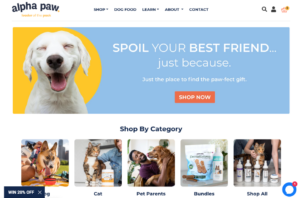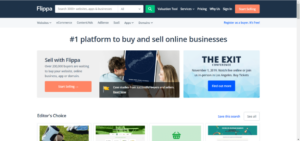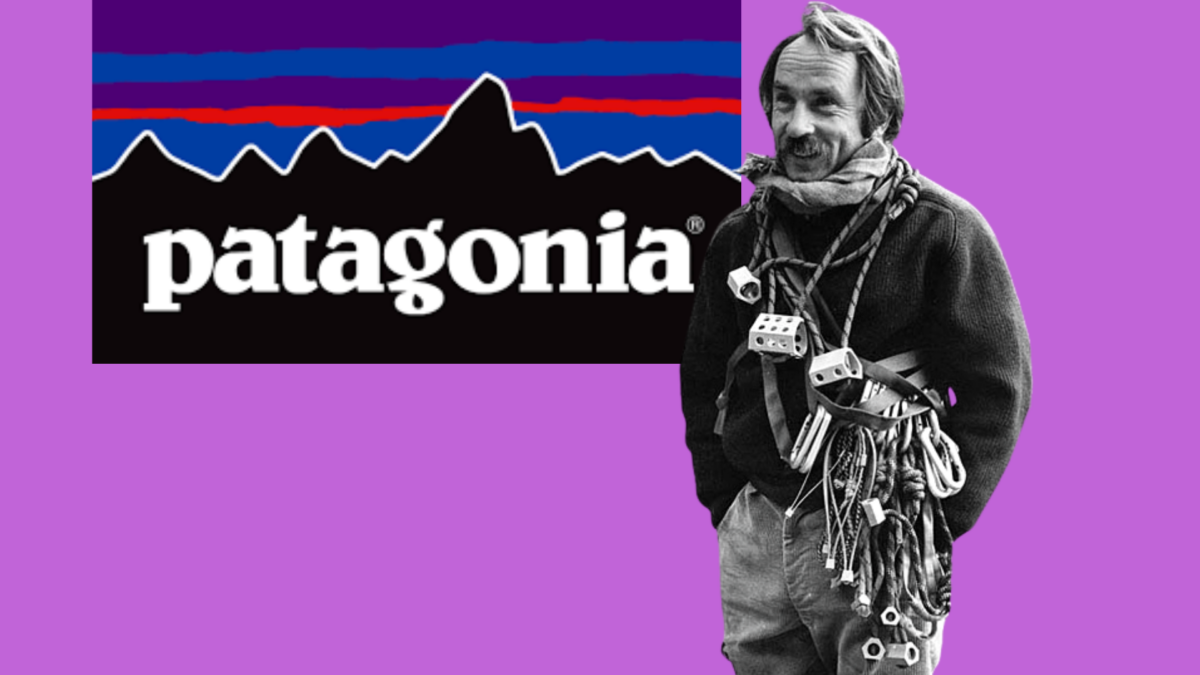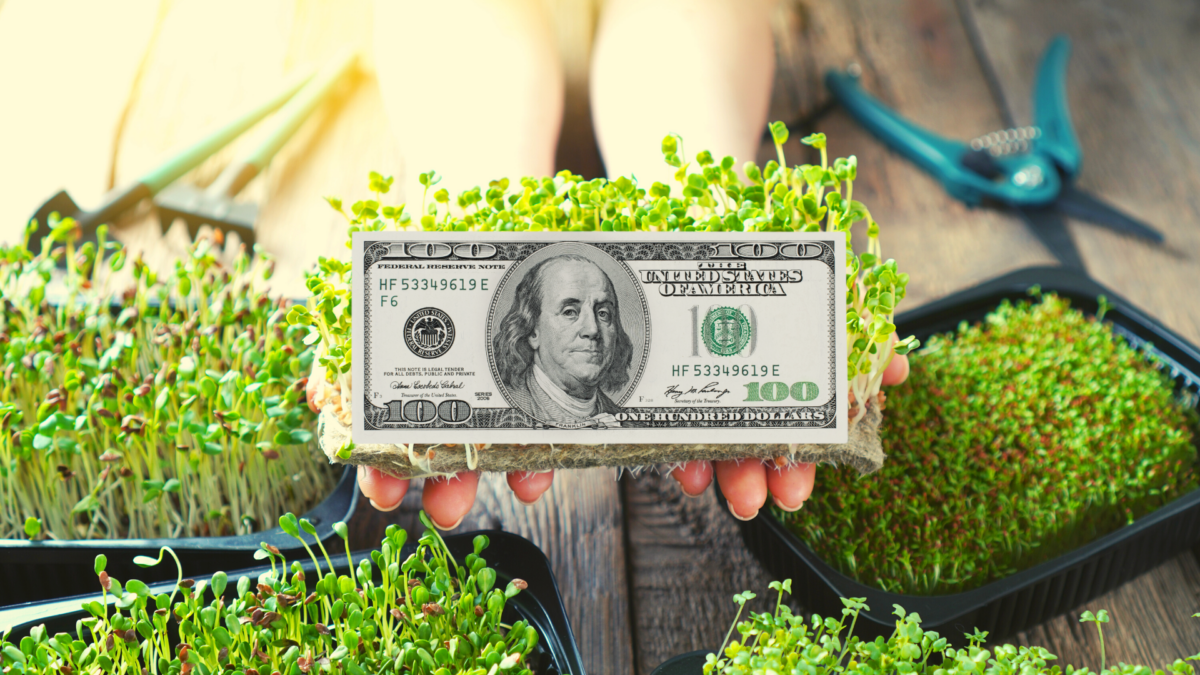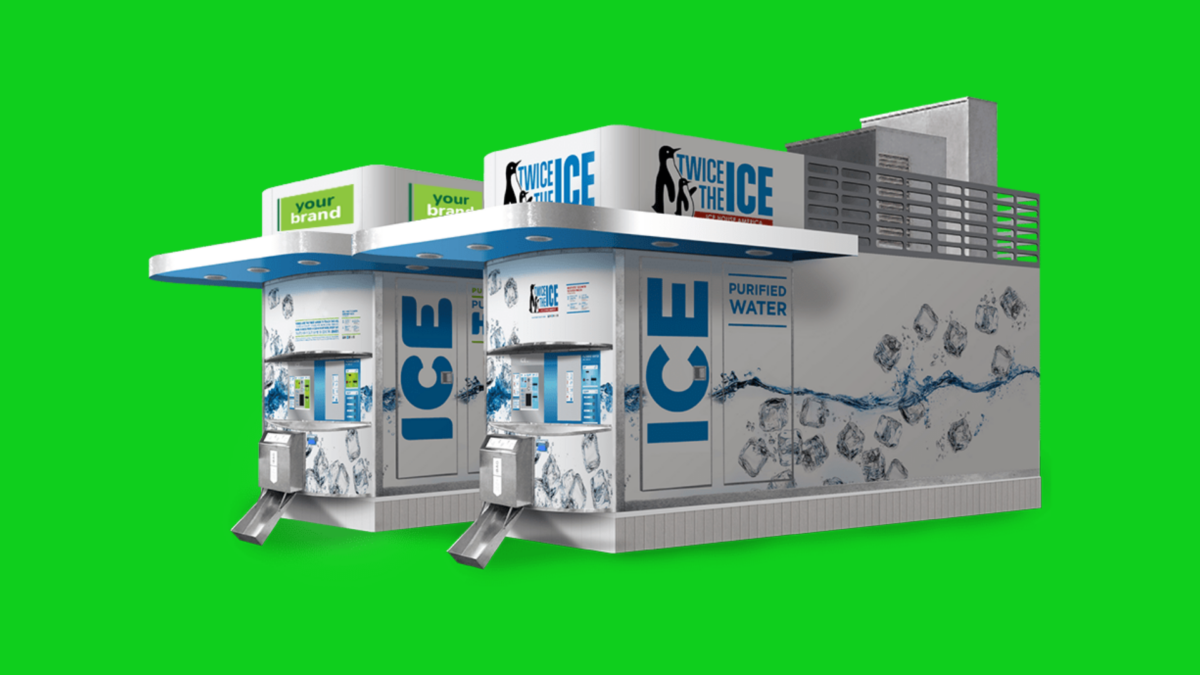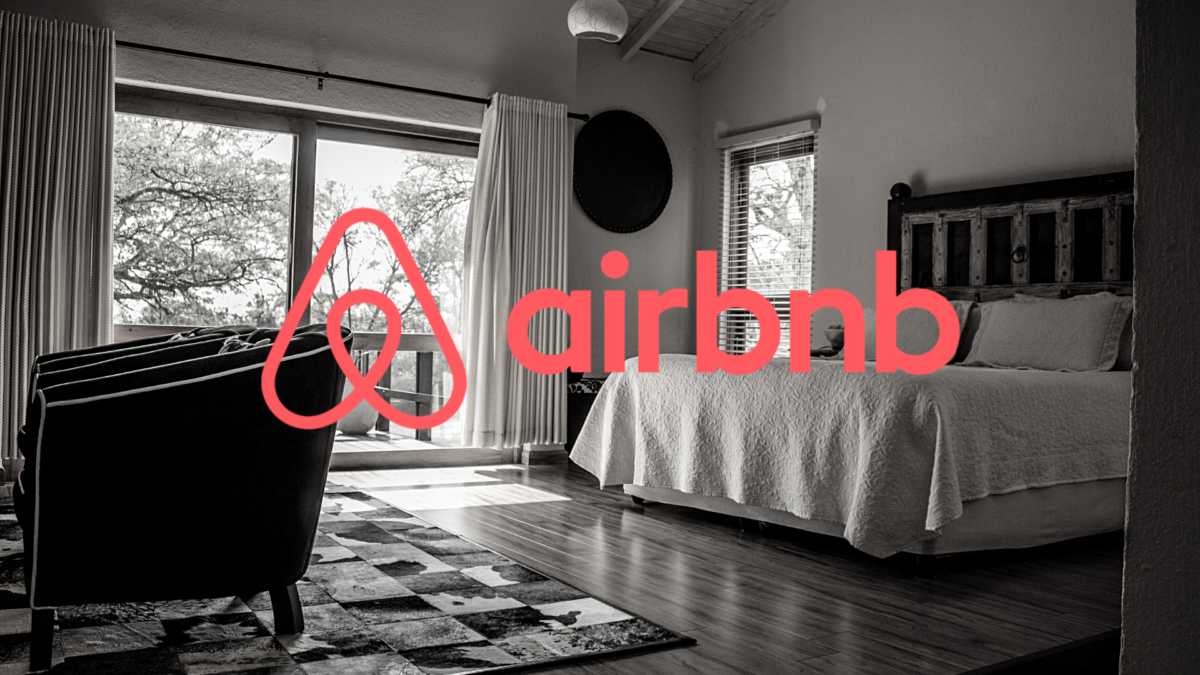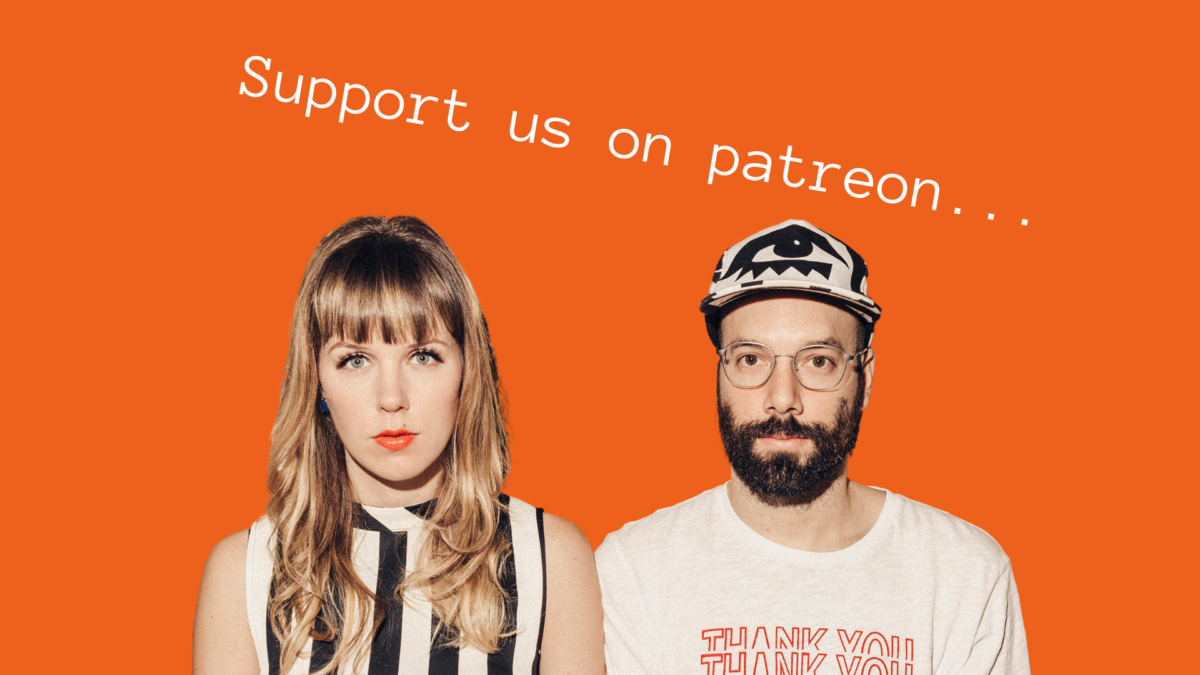
In 2012, Jack Conte and his wife, Nataly Dawn, were known as the indie band called Pomplamoose. They were bringing in roughly $400,000 per year in revenue from tour dates, merch, and on ads viewed by their 1.5M followers on their YouTube channel.
But then a mental breakdown a few years ago changed all of that…
After spending three months producing an elaborate music video for their song “Pedals, (it’s pretty impressive for a self-production). But the production came at the heavy cost of maxing out all of Jack and Nataly’s credit cards.
The Conte’s sunk their life savings into making the video popular on YouTube. So far the video has 2.3M views, but the confused couple received almost nothing for their efforts from YouTube…
They spent $10,000 and three months to make just the 1 video go viral on YouTube. He soon realized that, even though he receives an average of one million viewers on his YouTube videos, he’d only make $160 in ad revenue. Kind of a shitty reward for the time and effort they were putting in.
Jack knew there had to be a better way…
So he came up with an idea for creators to get compensated directly from their fans and cut out the middle man.
That’s how he came up with the idea of launching Patreon. He sent a sketch of his idea to his former college roommate, an engineer, who started coding for it that night. They launched soon after, with Jack being Patreon’s first official creator. Within two weeks, he was making six figures…
Wait, What is Patreon?
Basically it’s a membership platform that helps creators to get paid. Creators perform an artistic service and return, their fans and supporters (aka patrons) use Patreon to support them by means of payments. This way, creators can spend more time creating content instead of looking for funding.
There’s a few business models that content creators can use on this crowdfunding/membership platform.
Patreon’s Business Model Enables Creators to Charge For:
- Community (monthly memberships)
- Educational subscriptions
- Gated premium content
- Pay-what-you-can donations
Jack founded Patreon in 2013, today they have 3 million monthly active patrons generating $100M+ per month on the platform.
At one point for example, author and psychologist Jordan Peterson, was said to be making over $70k per month on the platform just in donations alone.
Patreon currently takes between 5% and 12% of creator earnings (plus a payment processing fee). The pandemic helped increase revenue with over 30,000 creators flocking to the site within the first few weeks of the pandemic. Videos and podcasts are the biggest categories on the site.
Along with all their success, the company is facing an intense amount of competition coming from Youtube, Twitter, Instagram, Only Fans, Substack, and Clubhouse (is that thing still alive?). It seems every platform these days is doing their best to lure creators by allowing everyone to make money versus just the big creatives.
But for now, Patreon has proven their business model helping participants in the creator economy to get paid more. The result of the couple’s efforts so far has resulted in an estimated $8 million in cash.
The companies’ market valuation is currently hovering at $4billion. Which is a pretty awesome accomplishment that a broken husband fed up YouTube created a rival platform that turned him into a millionaire.
#boss…
For more information visit tylerhayzlett.com




